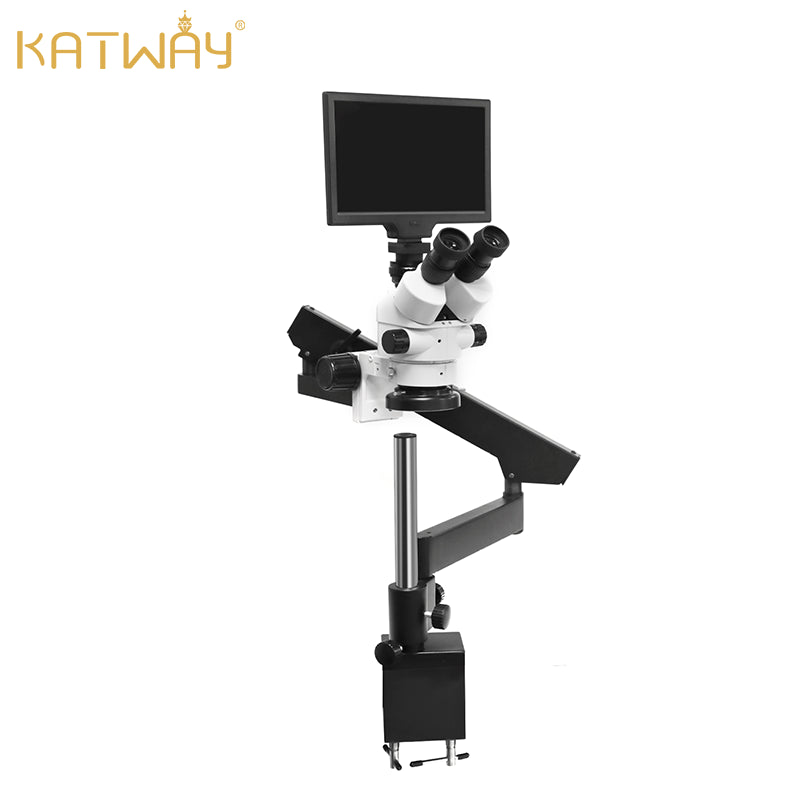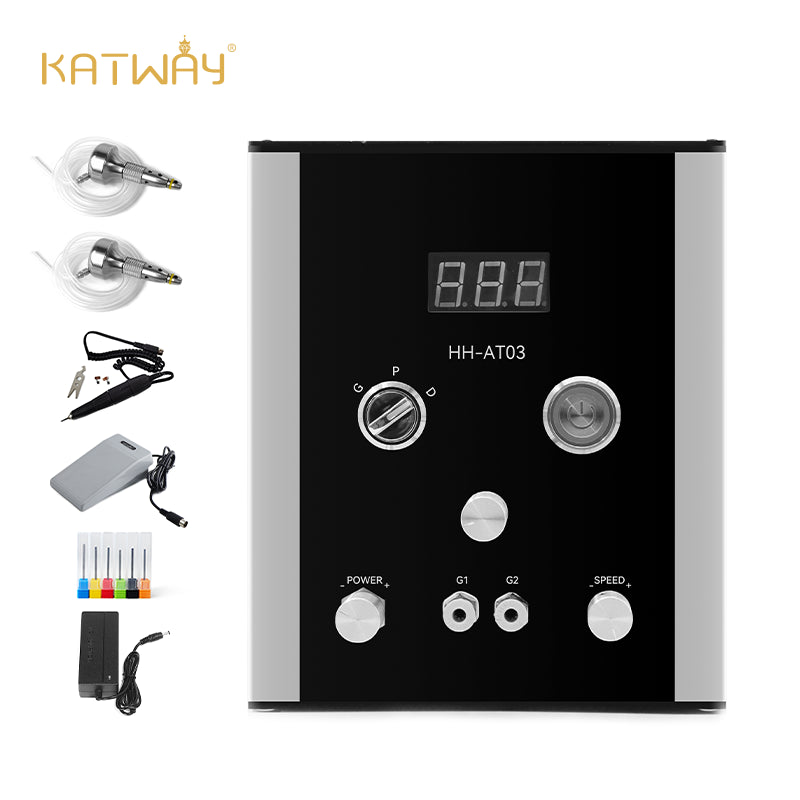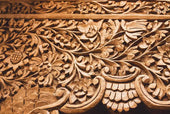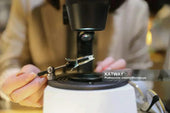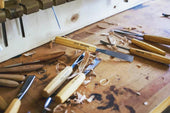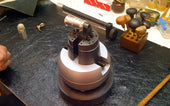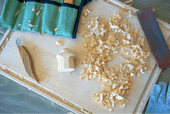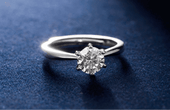How to Choose a Mill for Jewelry Making?
In the process of jewelry making, a jewelry mill is a very common metal working tool that can be used to adjust metal wires or pieces into the thickness or shape that you want. If you want to buy a jewelry mill idea, then I think today's article will definitely help you!
What is a quality jewelry mill?
Since we want to buy a high-quality jewelry mill, then we should first of all for "good jewelry mill" this concept has the most basic knowledge. Although the truth is that every penny counts is not wrong, but different jewelry mill is suitable for different groups of people, there is no "the best mill" so a statement. In fact, what suits you, for you, is the best. Want to pick a good jewelry mill, you can from the following aspects as you buy jewelry mill pay extra attention to a few points.
1. What are the ingredients used to make the mill?
When selecting a mill, it is best to ask what the raw material of the mill you want to buy is. Try to choose some high-quality materials, such as cast iron or steel, with these materials made from the mill in either in the degree of durability, or in terms of stability, are better than other mills.
2. What are the size and type of rollers in the mill?
Since we are using a rolling mill to change the shape of the metal, the size and shape of the rollers is of course an important determining factor. Some of the more common shapes of rollers for jewelry mills on the market are flat rollers, round rollers, rectangular rollers, and textured rollers.
Flat Rolling Roller: This is the most common type of rolling mill on the market, and is better suited for processing metal into very thin sheets.
Circular Rolling Roller: The circular rolling roller can process the metal sheet into a round shape, or if you want to bend the shape of the metal, the circular rolling roller can help you to realize it easily.
Rectangular Rolling Drum: Rectangular Rolling Drum is a specific shaped drum to make metal into a specific shape.
Textured Rolling Roller: A textured rolling roller is a roller with a specific texture on it. The metal will leave a texture on the surface of the metal during the process of being rolled, which can increase the delicacy of the jewelry.
3. Can the mill rollers be self-adjusting as needed?
When buying a rolling mill, you can ask the business if the distance between the rollers of the mill they sell can be adjusted according to your needs. This way you can roll different sizes of metal.
4. How maneuverable is the mill?
If you are a novice jewelry maker who has not used a jewelry mill before, then I would suggest that it would be best for you to start by purchasing a mill that is more maneuverable, that is, one that has a less difficult coefficient of operation. This way you can start with some basic practice so that subsequently you process some of the more difficult jewelry pieces!
5. What about after-sales service?
You can choose merchants with better after-sales service, so that if you have any subsequent questions about the product, your questions can be resolved more quickly. Moreover, you'd better ask the product warranty is how long, if it is the case of non-human damage, whether you need to pay the repair cost and so on and so forth.
Should I choose a manual mill or an electric mill?
There are two types of mills on the market, one is a manual mill, there is an electric mill, in the face of these two kinds of mills, how to know which kind of mill is more suitable for you? Next, I came to introduce the difference between the two of them, and what they are suitable for which groups of people.
First is the manual rolling mill. The process of rolling metal requires the operator to turn a handle to drive a roller to change the shape of the metal. Generally speaking, jewelry makers are more inclined to choose manual rolling mills. Jewelry makers will choose the manual mill is actually very simple, on the one hand, the cost of the manual mill is still relatively low. Moreover, the process of manual operation, jewelry craftsmen can be better according to the metal rolling situation to adjust the mill at the right time.

Next is the electric mill, which uses electricity to drive the rollers to turn. So compared to manual mills, electric mills are able to achieve faster metal processing. The people who choose the electric rolling mill are generally some people who need to carry out mass production. In fact, there is no lack of some of them with many years of jewelry making craftsmen, they will use the mill to carry out some repetitive work, in order to improve work efficiency.
Based on the above analysis, if you are a newbie in jewelry making, I would recommend you to buy a manual jewelry mill. On the one hand, you don't have to invest too much money at the initial stage, and on the other hand, you can develop your handcrafting skills as well as observation skills faster.
What are the methods of using the mill?
Through which of the above, I think you already have a certain understanding of the jewelry rolling mill's. Next, I will introduce you to the jewelry rolling mill in the actual use of the process of what are the methods of use.
rolled sheet
Rolling metal sheets is the most basic use of a rolling mill. Metal sheets are used when making metal parts such as rings and necklace bases.
rolled wire
When making chains, earrings, and other thinner metal components, you can adjust the rollers of the mill to the right distance and roll the metal into the thicker line of wire you want.
Adding texture to metal
If you want to make a ring or pendant with a texture, you can purchase a texture roller mill, which imprints on the metal after it has been rolled.
Trimming the edges of the metal
If you need to trim the edges of the metal, then a jewelry rolling mill can help you achieve the same. The edges of the rolled jewelry will become very flat and smooth, enhancing the overall beauty of the metal material.





